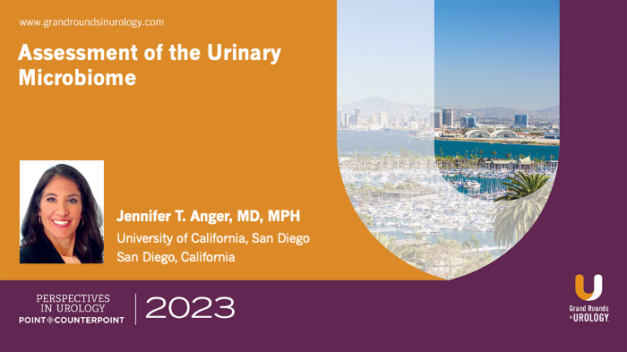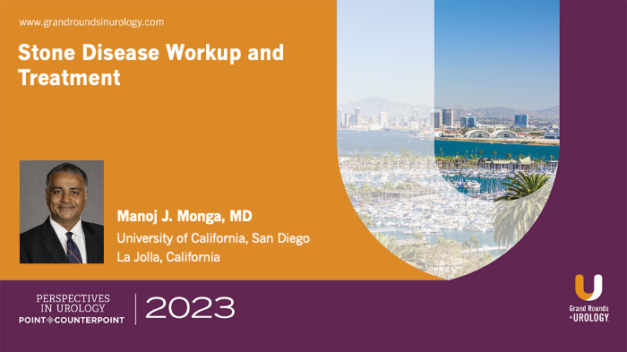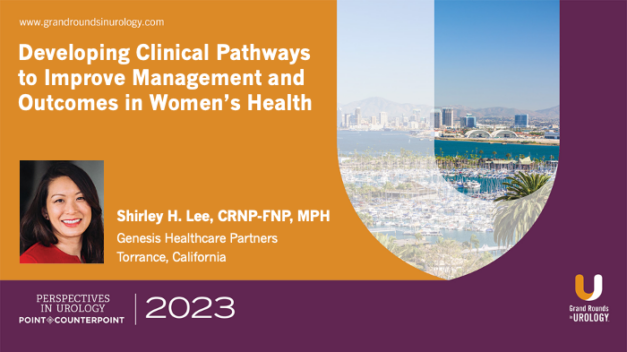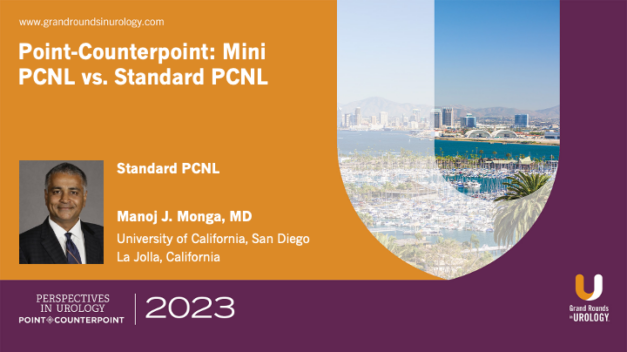Assessment of the Urinary Microbiome
Jennifer T. Anger, MD, MPH, discusses microbiome assessments and the ongoing debate between cultures and next generation sequencing. She highlights the connection between acute symptoms and the potential presence of undetectable microorganisms in traditional culture methods, which underscores the need for more advanced technologies.
Dr. Anger introduces PCR and next generation sequencing as promising alternatives to culture-only assessments, offering higher sensitivity and comprehensive evaluation of the urinary microbiome. By utilizing these methods, a wider range of bacterial and fungal DNA can be detected, providing a more thorough understanding of the microbial composition.
Dr. Anger then addresses concerns of over-treatment and the implications of identifying microbial DNA without certainty of viability or pathogenicity. By understanding patients’ microbial composition comprehensively, there is potential for improved diagnosis and targeted treatment options for various diseases and conditions.
Read More




